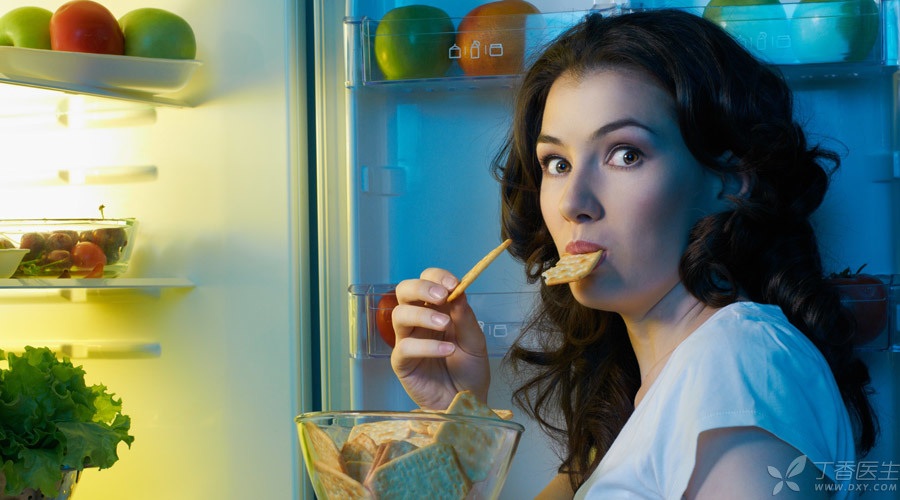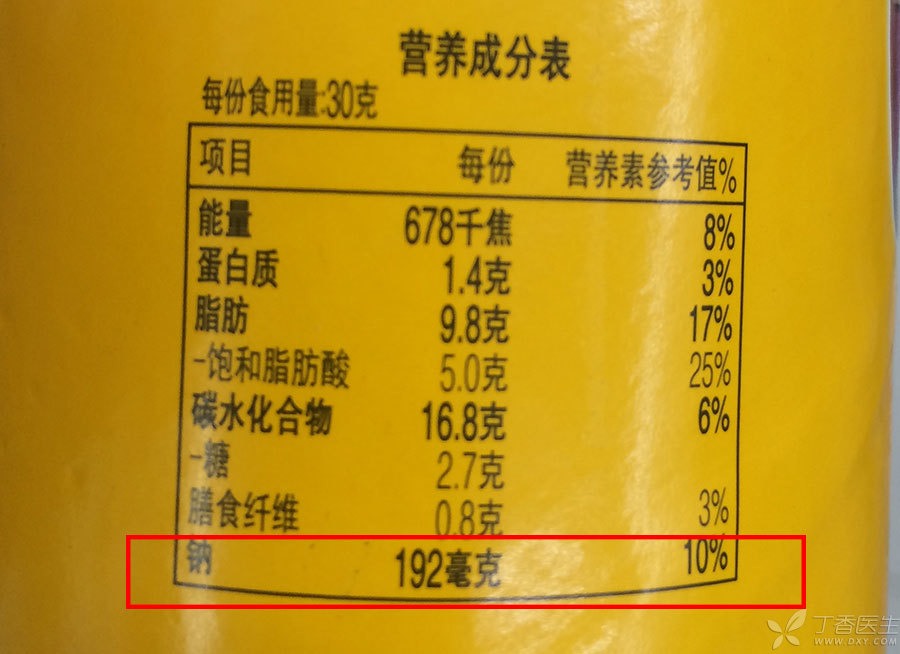
People say: Sometimes, eating snacks is not because of greed, but because your mouth is a little lonely.
Diabetes patients also have this problem. Can they still eat snacks if they have diabetes?
Yes. But choosing, purchasing and matching are all technical tasks. Please listen to Dr. Clove to tell you slowly.
Health purchase should pay attention to the following three aspects
No matter what kind of health care, nutrition and health care functions food and drinks promote, the following three points should be carefully identified when purchasing snacks:
1. Unhealthy saturated and trans fatty acids
(1) The hardest hit areas: fried food, packaged food such as snacks, energy bars, potato chips, cornflakes, popcorn, chocolate, etc.; Baked goods, such as all kinds of biscuits, cakes, doughnuts, cookies; Margarine, vegetable butter, etc.;
(2) Daily limit: In order to prevent hyperlipidemia and atherosclerosis, the intake of saturated fatty acids should be less than 20 g per day and trans fatty acids should not be ingested; In other words, if you eat two pieces of Miaofu cake (100g) a day, the intake of saturated fatty acids has exceeded the standard.
(3) Identification method: Pay attention to check the nutritional composition table on the food outer package. Some will indicate that they contain trans fatty acids. If the fatty acid content is not clearly stated, then pay attention to buying less biscuits and cakes with high fat content and long shelf life.
Step 2 Add Sugar
(1) The hardest hit areas: diabetics should not buy or drink any sugary drinks; All commercially available bottled sugar-containing and sweet drinks, including honey water, honey grapefruit tea, brown sugar water, black sugar water, sugarcane juice, fruit juice, freshly squeezed fruit juice, milk tea, bottled coffee, etc., contain considerable added sugar.
(2) Daily limit: diabetics are prohibited from taking sugary drinks; In order to prevent obesity, the intake of added sugar should be less than 25 g per day. In other words, if you drink half a bottle (250 mL) of Coca-Cola a day, the intake of added sugar has already exceeded the standard.
(3) Identification method: All carbohydrates in the nutritional composition table of the drink are added sugar.
3. Sodium
(1) Serious disaster areas: processed meat products and bean products, including pork jerky, beef jerky/grain, dried fish, Dengying beef shreds, beef tendon, duck neck, duck wings, dried squid, pickled pepper chicken feet, dried bean curd, etc.;
(2) Daily limit: In order to prevent hypertension, sodium intake should be less than 2 g per day, that is to say, if you eat 5 mother beef sticks (100g) a day, sodium intake has already exceeded the standard;
(3) Identification method: Pay attention to check the sodium content in the nutrition composition table.

Snacks that mainly provide protein and fat
1. Original nuts, dried beans
(1) Recommended choice: Original nuts and dried beans only slightly baked or seasoned with a little salt. Salt baked, cream flavored nuts or dried beans have higher saturated fatty acid content, added sugar and sodium content than original nuts and are not recommended.
(2) Recommended dosage: a handful (about 20) about 30 g, energy about 200 kcal, carbohydrate content about 6 g;
Step 2: Eggs
(1) Recommended choice: Priority is given to self-made boiled eggs and marinated eggs. Packaged marinated eggs have high sodium content and are not recommended.
(2) Recommended amount: 1 is about 80 g, energy is about 80 kcal, and does not contain carbohydrate;
3. Milk, milk powder
(1) Recommended selection: Diabetics give priority to low-fat or skim milk to reduce the intake of saturated fatty acids;
(2) Recommended amount: a cup of milk is about 250 mL, the energy of whole milk is about 170 kcal, the energy of defatted milk is about 90 kcal, and the carbohydrate content is about 10 g;
4. Dried bean curd and beef jerky
(1) Precautions: Packaged meat and bean products contain high-quality protein, but the sodium content is relatively high, so the amount to be eaten should be limited;
(2) Recommended amount: 20 g dried bean curd, energy about 50 kcal, 20 g dried bean curd, energy about 80 kcal.
Carbohydrate-based snacks
Diabetics should carry out blood sugar monitoring, carbohydrate measurement and substitution after eating these snacks.
1. Yogurt
(1) Precautions: In order to ensure the taste and taste, the content of added sugar in yogurt is about 5% of the weight;
(2) Recommended amount: a cup of whole-fat yogurt is about 200 g, energy is about 180 kcal, carbohydrate content is about 25 g;
Step 2: Drink cereals
(1) Recommended choices: oatmeal, wheat germ. Other flour-ground brewed grains (sesame paste, corn paste, etc.) have relatively high glycemic index, which may not be conducive to blood sugar control;
(2) Recommended dosage: 3 teaspoons about 30 g can be washed for 1 cup, energy about 140 kcal, carbohydrate content about 20 g;
3. Whole wheat bread/steamed bread
(1) Recommended choice: homemade whole wheat food. Bread/steamed bread made of whole wheat flour ground from whole wheat with bran and germ is generally brown, loose and porous in texture, heavy in wheat flavor and coarse in taste. However, many [whole wheat] foods sold on the market are made by adding a little germ and bran to white flour and do not have the health advantages of whole grain foods.
(2) Recommended amount: 1 slice of bread is about 50 g, energy is about 100 kcal, carbohydrate content is about 20 g;
4. Coarse grains
(1) Recommended Selection: Chestnut, Corn, Sweet Potato
(2) Recommended amount: 20 chestnuts, 1 corn root, 1 sweet potato about 100 g, energy about 100 kcal, carbohydrate content about 20 g;
Step 5: Fresh fruit
(1) Precautions: Some fruits with high sugar content (banana, banana, etc.) and dried preserved fruits (red dates, raisins, etc.) have relatively high carbohydrate content under the same weight, which may not be conducive to blood sugar control;
(2) Recommended amount: 1 fruit is about 100g, about fist size, energy is about 50kcal, carbohydrate content is about 15g;
Healthy collocation
The principle of healthy matching is: a snack that can provide protein/fat + a snack that can provide carbohydrate. Among them, carbohydrate can effectively and quickly supplement energy, protein/fat can reduce the blood sugar reaction after eating carbohydrate and enhance satiety.
In principle, random matching is a delicious, delicious and healthy snack, such as: fruit + yogurt, oatmeal + wheat germ + milk, whole wheat bread + eggs, fruit + original nuts.
The healthy snacks matched in this way have low energy (< 500 kcal, equivalent to 10 Oreos, no more than 1/4 of the daily energy reference intake), balanced nutrition and strong satiety, and can be used as brunch, an extra meal when hungry during lunch and dinner, or as breakfast.
